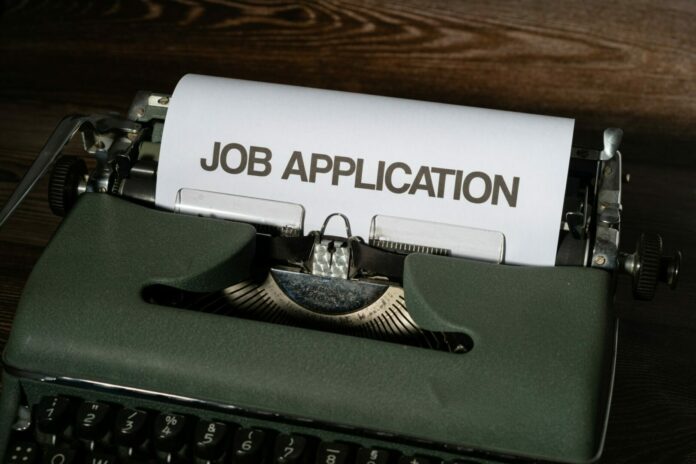Do you remember when references on your Curriculum Vitae (CV) were begrudgingly provided, if at all? Everyone knew their inclusion was important, but few wanted them to come up in conversation with a potential employer.
Fortunately for us, this necessity is now fully embraced as an essential part of any strong employment application, and it’s no longer something to shy away from or hide behind polite euphemisms. This guide will take you through how and when to include references on your CV to ensure you present yourself in the best possible light.
How to Include References on Your CV
Having a reference section on your CV is essential for showing potential employers that you are a reliable and trustworthy applicant.
CV red flags you must avoid when looking for a job
Including the contact details of relevant people, such as current and former supervisors, co-workers, or mentors, can give employers an overview of the kinds of professional relationships you have built in the past.
When adding your references to a CV, make sure to include both names of referees, their positions and workplace, any contact information (such as email addresses and phone numbers), and the nature of your relationship with them (e.g., supervisor). For example
Joseph Nyaga
Recruiting Manager, ABC Ltd
+254-790 409 706
Relationship: Current Supervisor
Follow the specified requirements when writing references for a CV. If there is no format given, use the one above. Make sure your references are credible and have a good relationship with you. Gather their work-related information, such as their titles and company, when including them.
When to Include References on Your CV
Including references on your CV can be a great way to demonstrate your qualifications and get noticed by employers. It is crucial, however, to make sure you only add references when requested.
How to get job referrals without dropping CVs
When applying for a position, read the job advert thoroughly and follow any instructions provided. If there doesn’t appear to be an area for it or no mention of references, don’t add them – you don’t want to distract from your key achievements and qualifications.
Many job application websites might also include a section for referees in their forms, so make sure you complete this correctly.
What You Must Understand Before Including a Reference
Before Adding a Reference: What You Need to Know It is typically expected that references will be former or current supervisors.
Recruiters will usually inform you of their preferences. However, before using someone as your reference, ensure you have asked for permission. Not everyone is comfortable with their contacts being shared.
- Be sure that the relationship between you and your reference is vital – this can increase or decrease your chance of being hired. Therefore, picking the most relevant contact is crucial – someone who intimately knows your work character and experience.
- If there is more than one potential choice from a current or previous workplace, always pick the one with whom you are still in touch.
- Ensure that no wrong information is submitted; some job seekers will list friends as their supervisors on job applications – this can lead to a direct reduction in chances of landing the job.
- Finally, always refer back to the job advert when applying for a position; this will tell you what information needs to be submitted and how it should be presented.
Bottom Line
There is no one size fits all approach to including references on a CV. Each job seeker must consider their skills, experience, and goals as they decide what references – if any – to attach. It’s always worth investing some time into researching your target job, figuring out the expectations of the hiring company, and determining how best to put your relevant qualifications forward.








